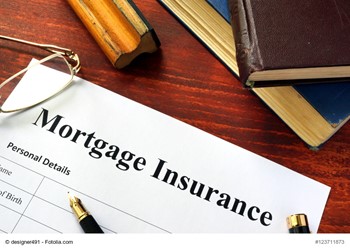 You can ask any homeowner-buying and owning a home is expensive. Mortgage payments, property taxes, utilities, and other bills quickly add up.
You can ask any homeowner-buying and owning a home is expensive. Mortgage payments, property taxes, utilities, and other bills quickly add up.
If you want to buy a home but don’t have a large down payment saved, odds are you’ve discovered something called private mortgage insurance (PMI).
PMI is an extra monthly payment that you make (on top of your mortgage payment) when you don’t have enough to make a large (20%) down payment on your home.
However, if you want to buy a home and don’t want to tack on an extra monthly payment for PMI, you have options. In today’s post, I’m going to talk about some ways to avoid paying PMI on your mortgage so you can save more money in the long run.
PMI Basics
Before we talk about getting rid of PMI, let’s spend a minute on what to expect when you do have to pay it.
PMI typically costs 0.30% to %1.15% of your total loan balance annually. That means that your PMI payments will decrease a moderate amount as you pay off your loan.
Furthermore, once you have paid off 22% of your loan, your PMI will be cancelled and you’ll only be responsible for your regular monthly mortgage payments.
Getting PMI waived early
With conventional loans, you can request to have your PMI cancelled once you’ve paid off 20% of the mortgage. However, many buyers with PMI are using some form of first-time buyer loan, such as an FHA loan.
With an FHA loan, you’ll be stuck with PMI for the lifetime of the loan if you don’t make a down payment of 10% or more. That’s a lot of PMI payments, especially if you take out a 30 year loan, and it can quickly add up.
If you have an FHA loan with FHA insurance, the only way to cancel the insurance is to refinance into a non-FHA insured loan. And remember--refinancing can have costs; however, you may find several credit unions and other lenders that offer no closing cost refinances from time to time.
Making it to the 20% repayment mark
On conventional loans, the best way to get rid of PMI is to reach your 20% repayment mark as soon as possible. That could mean aggressively paying off your mortgage until you reach that point. In markets with increasing property values, this can sometimes happen sooner than you think!
This can be achieved by making extra payments, or just paying more each month. However, you don’t want to neglect other debt that could be accruing costly interest in favor of paying off your loans. Make sure you do the math and find out which debt will be more expensive before neglecting other debt.
Once you do reach the 20% repayment mark, you’ll have to remember to apply to have your PMI canceled with your lender. Otherwise, it will be canceled automatically at 22%.
About the Author

Sondra Tracy
Helping You Save on Every Real Estate Transaction! Live Your Dream